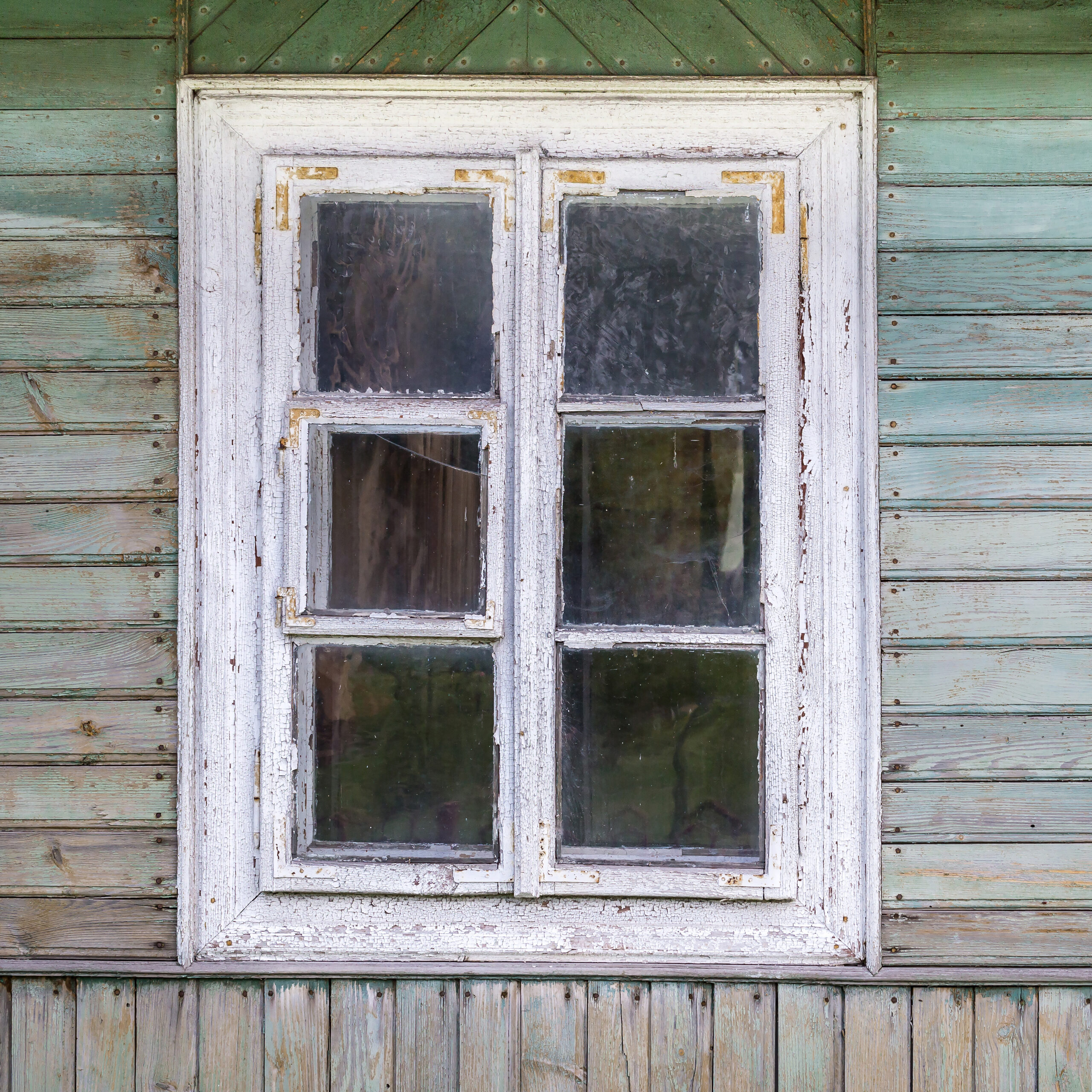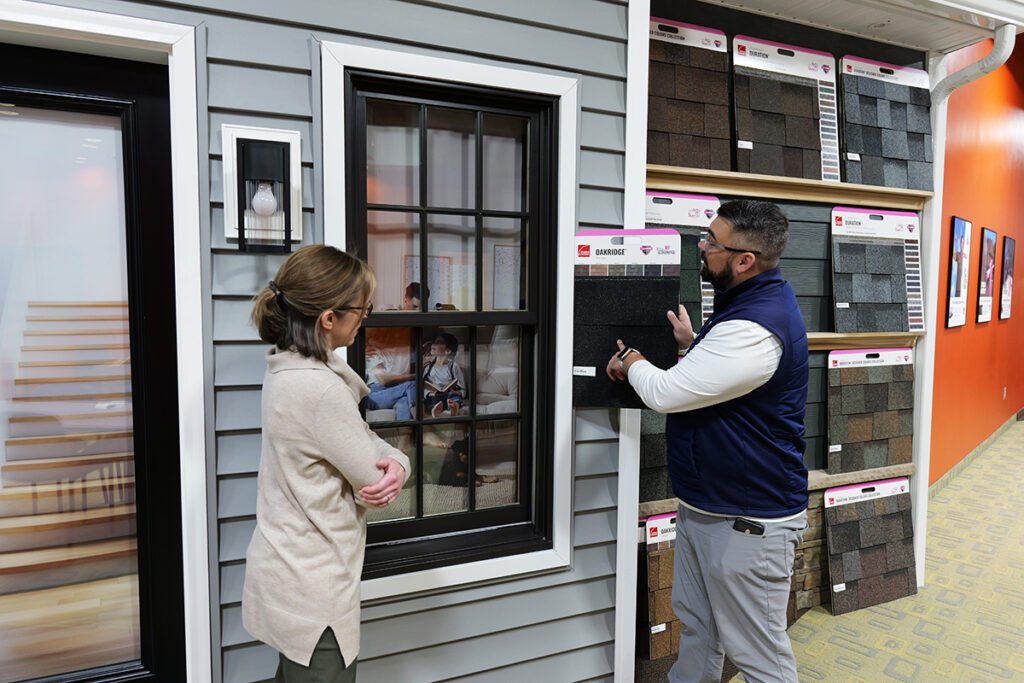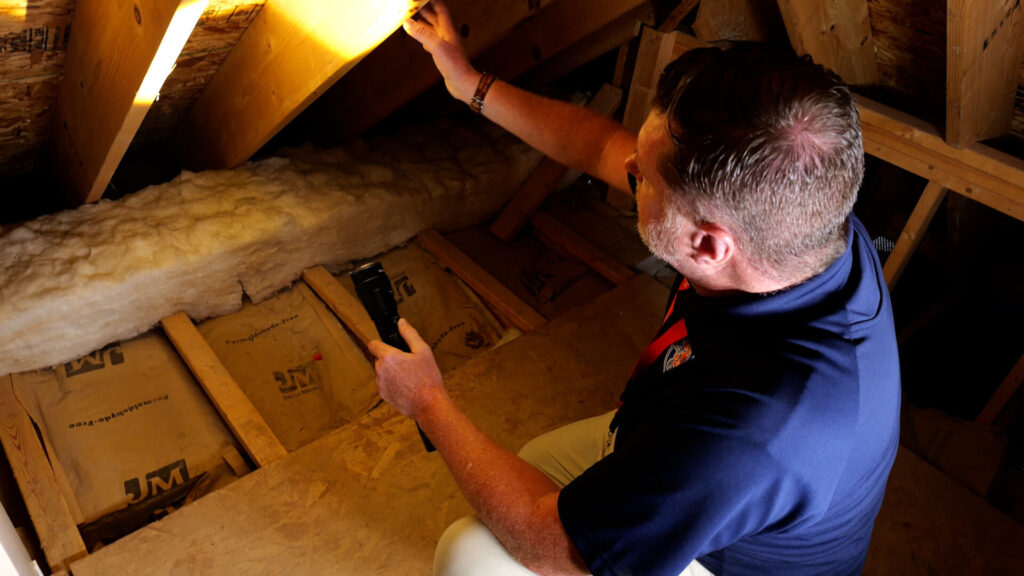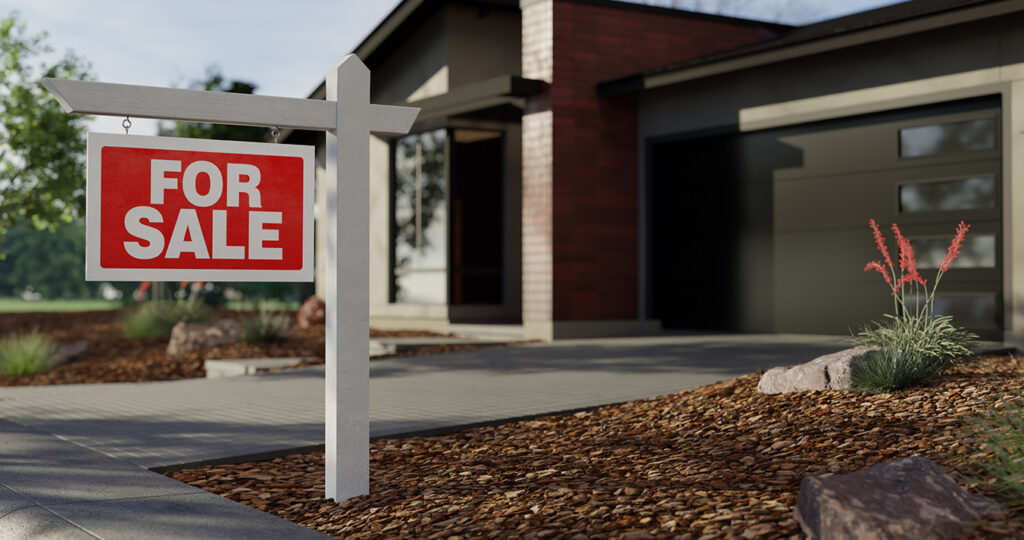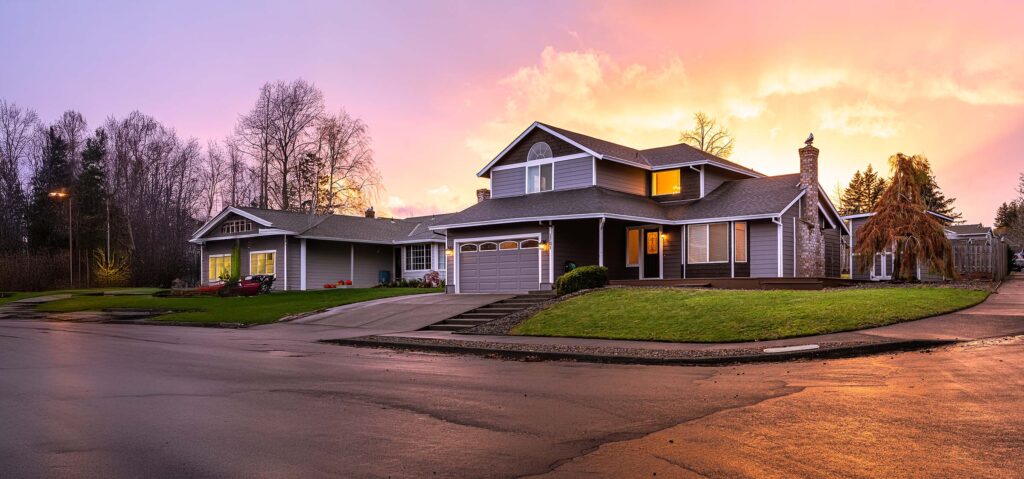Should I Replace All My Windows at Once or Gradually Over Time?
When facing the decision of whether to replace all your windows at once or tackle them individually as they fail, there are several key factors to consider. While addressing window issues one by one might seem like a more manageable approach, there are significant advantages to replacing all of your windows simultaneously.
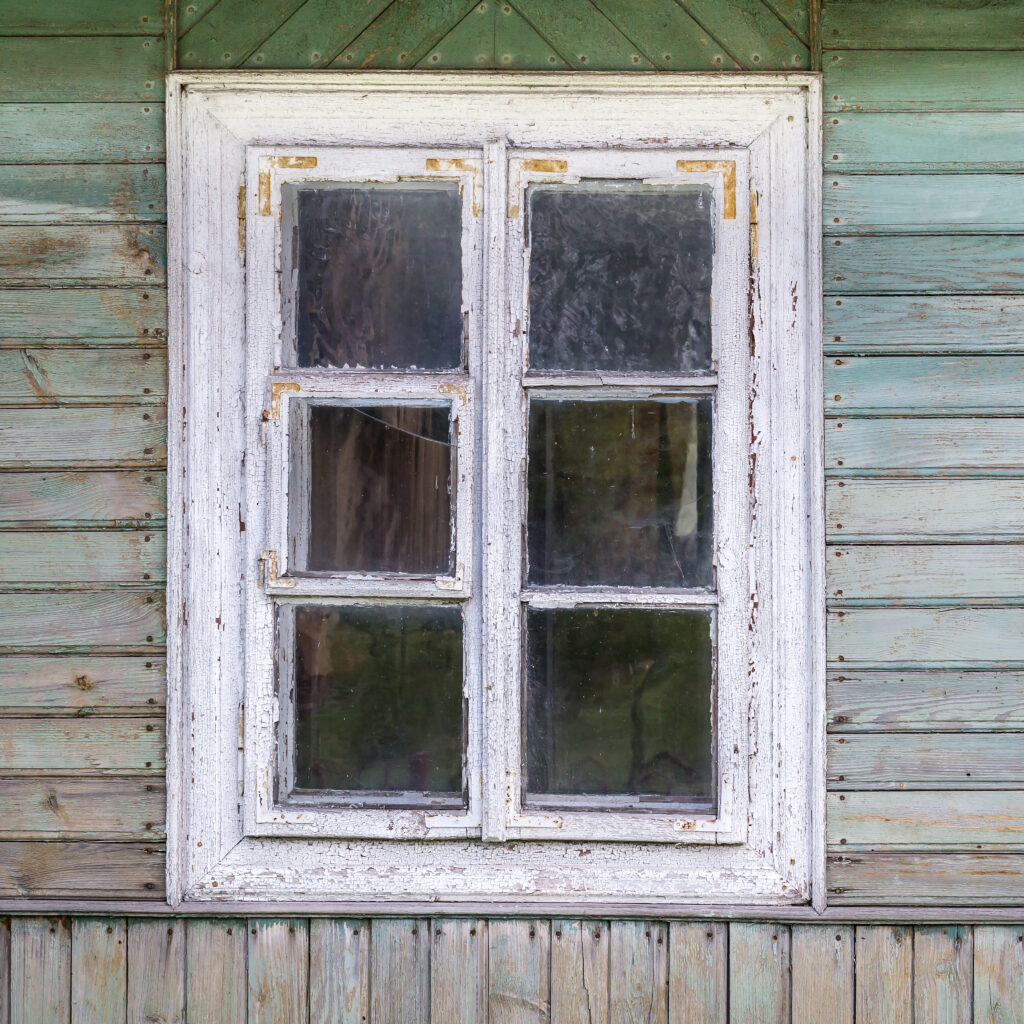
The Advantages of Replacing All Windows at Once
- Maximize Energy Efficiency
Replacing all your windows at once provides your home with uniform insulation, greatly improving energy efficiency throughout the entire property. Older windows tend to be less efficient, allowing drafts and air leaks, which can drive up your energy bills. By installing new windows across your home, you can prevent heat loss in the winter and keep your home cooler in the summer, leading to potential savings on heating and cooling costs. - Cost-Effectiveness
Although replacing every window at once might seem like a steep upfront investment, it can lead to long-term savings. Contractors often offer discounts for larger projects, which can reduce the overall price per window. Moreover, by bundling the installation into one job, you avoid multiple service fees and reduce the need for repeat labor costs. Replacing windows one by one can become more expensive in the long run due to recurring fees and price hikes. - A Consistent Look
Replacing all windows at the same time ensures your home maintains a consistent aesthetic. Window styles, materials, and finishes can vary over time as manufacturers discontinue certain designs. By upgrading all your windows simultaneously, you can maintain a cohesive appearance, enhancing your home’s curb appeal. This is especially important if you’re considering selling your home in the future, as a uniform look is often more attractive to potential buyers. - Reduced Inconvenience
Scheduling multiple window replacements over time means repeated disruptions to your daily routine. By handling the project in one go, you minimize the inconvenience to your household. Whether you have kids, or pets, or work from home, reducing the number of installation appointments can make the process smoother and less stressful.
The Benefits of Replacing Windows Gradually
- Easier on the Budget
Replacing windows one by one spreads out the cost, making it easier to manage financially. If you’re on a tighter budget or prefer to avoid a large one-time expense, replacing windows as they break down allows for flexibility. This option may also be ideal if only a few windows are causing immediate problems, allowing you to address urgent issues without stretching your finances. - Targeted Replacement of Problem Windows
If certain windows are more worn out or inefficient than others, you can prioritize those areas first. By addressing the most problematic windows, you’ll still see some improvement in energy efficiency and home comfort without having to replace windows that are still functioning well. This method lets you tackle urgent repairs on a case-by-case basis.
How to Decide: One Time or Gradual Replacement?
If you have the financial resources, replacing all your windows at once is often the more efficient, cost-saving, and visually appealing option. It enhances your home’s energy efficiency, ensures a uniform look, and minimizes disruptions. However, if budget constraints are a concern, replacing windows gradually is still a viable strategy. It allows you to manage costs over time while addressing the windows that need immediate attention.
Before making a decision, consider the condition of your existing windows, your budget, and your long-term home improvement goals. Consulting with a trusted home improvement professional can also help you determine the best approach for your specific needs.

